The Blox Fruits you get in the Roblox game of the same name serve a mighty purpose. You might be worried about the combat system getting stale, but luckily, awakenings exist. When you “awaken” Blox Fruits, you can take your combat skills to the next level.
If you’re not sure what goes into awakening Blox Fruits, look no further. We’ll explain the process entirely and let you know what to do before you can awaken the Fruits. Keep on reading to become a master of Blox Fruit awakening.
Awakening Fruit in Blox Fruits
In Blox Fruits, a game mode called Raids was introduced in Update 11. This update allowed players to grind Raids for a new currency called Fragments. These Fragments are crucial for awakening your Fruits.
Each Raid awards you anywhere from 250 to 1,000 Fragments, combined with 4.5 x (seconds left on the timer). However, the time bonus doesn’t apply if you already get 1,000 Fragments, the maximum you can earn per Raid.
Should you run out of time in a Raid, you’ll earn 60x (number of the island you are on). For example, if you’re on Island 3, you’ll make 180 Fragments, and so on.
Fragments can be spent after beating a Raid with its corresponding Fruit. After completing a Raid this way, the game teleports you to a strange entity. Talking to the entity allows you to pay Fragments to awaken a skill.
However, not all skills are up for grabs right away. You must awaken all Blox Fruit skills in a specific order.
When you earn enough Fragments from grinding Raid, you can start awakening your Fruit.
Raid Requirements
To participate in a Raid, you’ll need the following items or qualifications.
- Reach Level 1,100 to host raids
While you can join Raids if you’re in the New World, hosting a Raid requires a player to be Level 1,100. That’s a lot of grinding if you’re interested in being a host.
- A Raid Chip
You need to spend 100,000 Beli once every two hours to purchase a Raid Chip. Alternatively, trading any Fruit to the Mysterious Scientist also works. Raid Chips are necessary to join or start Raids.
- Powerful equipment
You don’t need the most powerful equipment in the game, but you at least need to be able to survive without running out of time. However, by the time you’re participating in Raids, you should already be quite powerful. The better your weapons and fighting style, the easier Raids become.
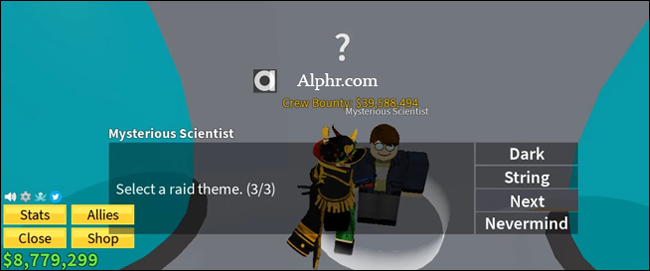
What Fruits Can Be Awakened?
There are currently eleven Blox Fruits in the Roblox game Blox Fruits you can awaken. They are:
- Flame
- Ice
- Quake
- Dark
- Light
- String
- Rumble
- Magma
- Buddha
- Sand
- Phoenix
Each of these has five skills that you can awaken. The exceptions are Quake, which only has four, and Rumble has six. As you’re budgeting, though, keep in mind that different Fruits may have individual costs for awakening their skills.
Flame

- 500 Fragments for Burning Blast
- 3,000 Fragments for Prominence Burst
- 4,000 Fragments for Flaming Vortex
- 5,000 Fragments for Flaming Destroyer
- 2,000 Fragments for Rocket Flight
You’ll need 14,500 Fragments for Flame.
Ice
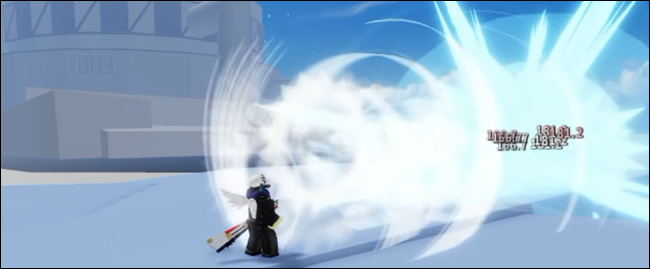
- 500 Fragments for Ice Spears
- 3,000 Fragments for Glacial Surge
- 4,000 Fragments for Ice Dragon
- 5,000 Fragments for Absolute Zero
- 2,000 Fragments for Ice Skating
Ultimately awakening Ice Fruits costs 14,500 Fragments.
Quake
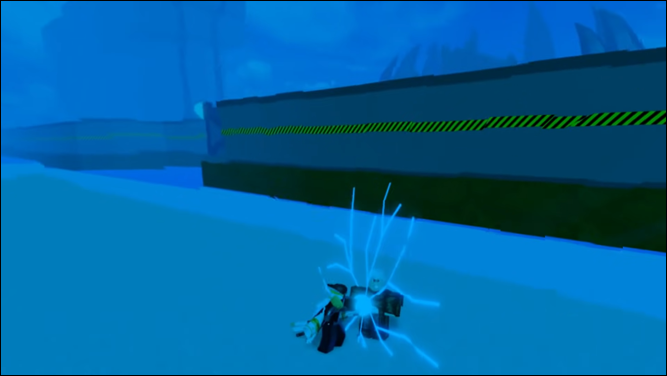
- 1,000 Fragments for Fatal Demolisher
- 3,000 Fragments for Air Crusher
- 5,000 Fragments for Spatial Shockwave
- 8,000 Fragments for Seaquake
Quake is the fourth most expensive awakening, requiring 17,000 Fragments in all.
Dark

- 500 Fragments for Dimensional Slash
- 3,000 Fragments for Abyssal Darkness
- 4,000 Fragments for Endless Hole
- 5,000 Fragments for World of Darkness
- 2,000 Fragments for Ghastly Step
Dark costs as much as Flame and Ice, totaling 14,500 Fragments.
Light
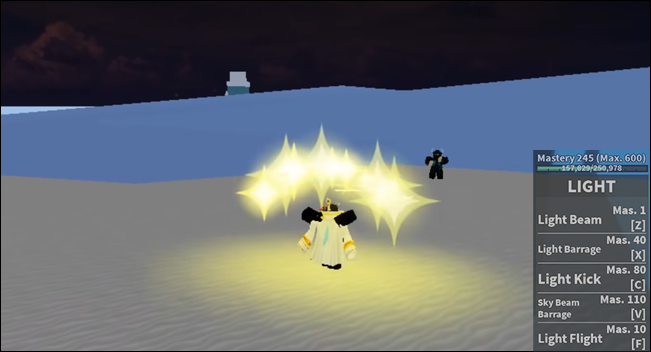
- 500 Fragments for Divine Arrow
- 3,000 Fragments for Swords of Judgement
- 4,000 Fragments for Light Speed Destroyer
- 5,000 Fragments for Wrath of God
- 2,000 Fragments for Shining Flight
Light also costs 14,500 to awaken fully.
String
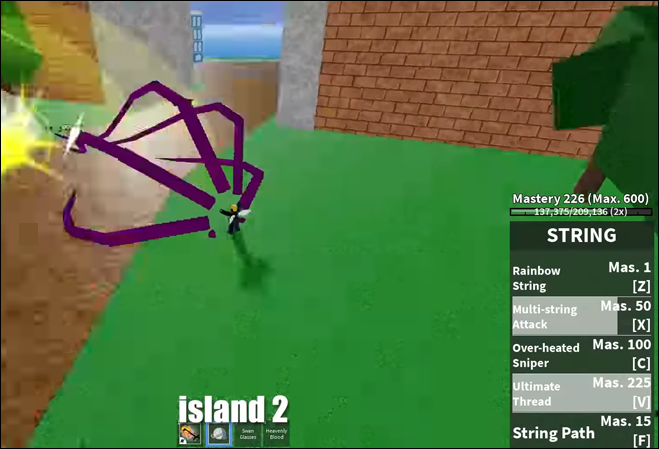
- 800 Fragments for Thermal Laceration
- 3,500 Fragments for Silk Prison
- 4,500 Fragments for Eternal White
- 6,000 Fragments for Heavenly Punishment
- 2,500 Fragments for God’s Highway
String is currently the third most expensive Fruit to awaken completely at 17,300 Fragments.
Rumble

- 500 Fragments for Lightning Beast
- 3,000 Fragments for Thunderstorm
- 4,000 Fragments for Sky Judgement
- 5,000 Fragments for Thunderball Destruction
- 2,000 Fragments for Electric Flash
- 5,000 Fragments for Pole V2
At 19,500 Fragments, you’ll have to play many more Raids to awaken Rumble completely.
Magma
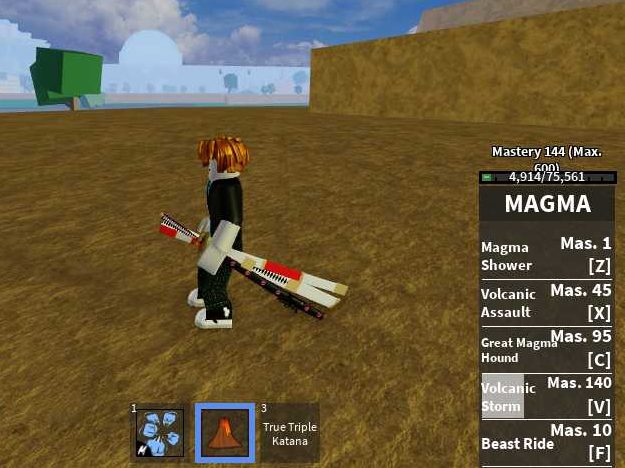
- 500 Fragments for Magma Shower
- 3,000 Fragments for Volcanic Assault
- 4,000 Fragments for Great Magma Hound
- 5,000 Fragments for Volcanic Storm
- 2,000 Fragments for Beast Ride
The cost to fully awaken Magma is 14,500 Fragments.
Buddha
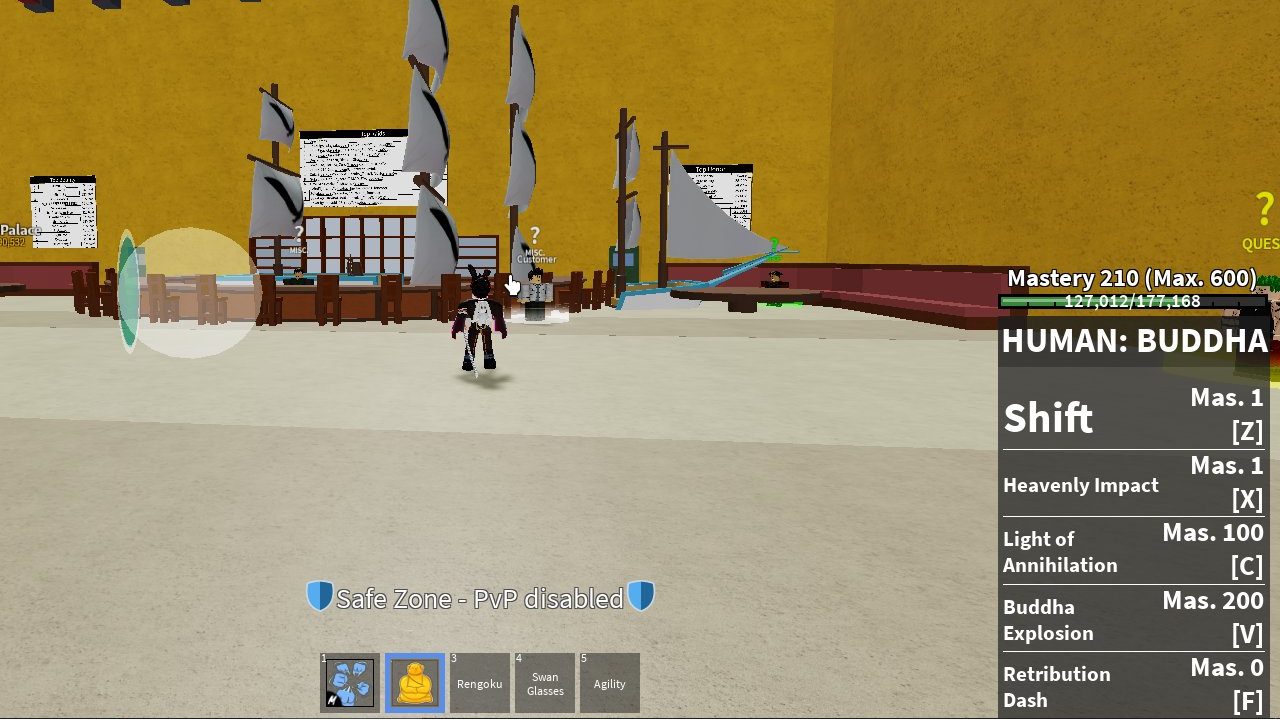
- 500 Fragments for Shift
- 3,000 Fragments for Heavenly Impact
- 4,000 Fragments for Light of Annihilation
- 5,000 Fragments for Twilight of the Gods
- 2,000 Fragments for Retribution Dash
As with many other Blox fruits, it costs 14,500 Fragments to fully awaken Buddha.
Sand
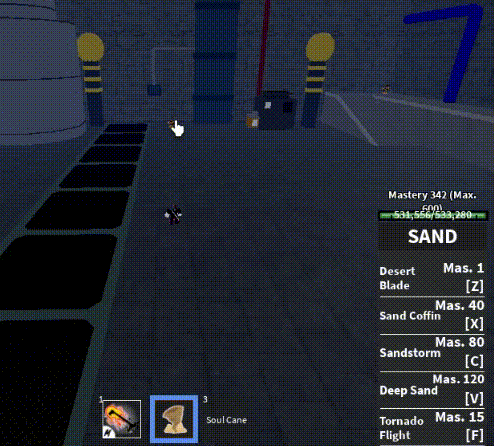
- 500 Fragments for Desert Blade
- 3,000 Fragments for Sand Coffin
- 4,000 Fragments for Sandstorm
- 5,000 Fragments for Deep Sand
- 2,000 Fragments for Tornado Flight
The total number of Fragments needed to awaken Sand fully is 14,500.
Phoenix
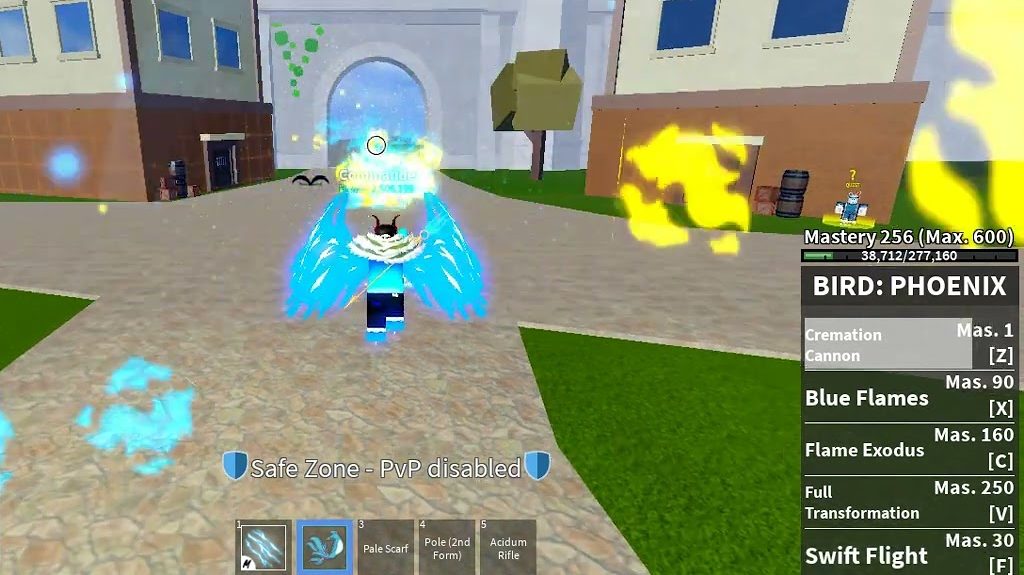
Unlike the other Blox Fruits, awakening Phoenix involves a little more effort.
- For starters, you’ll need to obtain mastery of 400+ on Bird: Phoenix.
- Then, talk to the Sick Scientist and buy the Phoenix raid chip for 1,000 Fragments or a physical fruit that costs 1,000,000 or more.
- After you buy the raid chip from the Sick Scientist once, you can then buy it from the Mysterious Scientist.
Once you’ve awakened Phoenix, you’ll want to acquire the moves that come with it being fully awakened.
- 500 Fragments for Cremation Cannon
- 3,000 Fragments for Blue Flames
- 4,000 Fragments for Flame Exodus
- 5,000 Fragments for Blazing Plumage
- 2,000 Fragments for Swift Flight
- 4,000 Fragments for Tap
You need 18,500 Fragments to awaken Phoenix fully.
Time to Go on a Raid Again
Completely awakening your Blox Fruits leads to increased combat prowess, making you nearly invincible over time as you awaken more Fruit. As you Raid, remember that it’s better to play with other players, as you’ll significantly increase your chances of winning. With some patience, you’ll eventually fully awaken all your Fruits’ abilities.
What Fruit do you primarily use in Blox Fruits? What’s your level now? Tell us in the comments section below.
Disclaimer: Some pages on this site may include an affiliate link. This does not effect our editorial in any way.









